No products in the cart.
Sale
Ribupatide | CAS 2940971-65-1 | Dual GIP/GLP-1 Receptor Agonist for Antidiabetic Research
Original price was: $28.00.$23.00Current price is: $23.00.
Ribupatide is a dual agonist targeting both GIP and GLP-1 receptors. It exhibits glucose-lowering and insulin-sensitizing properties, making it a valuable peptide for metabolic and antidiabetic research.
Description
Product Description
Ribupatide is an advanced dual incretin receptor agonist designed to activate both glucagon-like peptide-1 (GLP-1) and gastric inhibitory polypeptide (GIP) receptors. This peptide belongs to a new generation of metabolic regulatory agents developed to mimic the synergistic effects of native incretins on glucose metabolism, insulin sensitivity, and lipid regulation.
The incretin system plays a crucial role in postprandial glucose regulation, primarily by stimulating insulin secretion in a glucose-dependent manner. Ribupatide’s dual receptor activation profile allows it to achieve more comprehensive metabolic modulation compared to single agonists, such as isolated GLP-1 analogs.
Structural Characteristics
Ribupatide is a synthetic peptide composed of amino acid motifs optimized for high receptor affinity and prolonged plasma stability. Through rational molecular engineering, it resists enzymatic degradation by dipeptidyl peptidase-IV (DPP-IV), ensuring extended bioactivity.
This enhanced structural resilience contributes to sustained receptor engagement, leading to improved glucose tolerance, beta-cell protection, and lipid metabolism balance in experimental models.
Research Importance
Ribupatide is widely used in research focused on:
Glucose metabolism and insulin resistance mechanisms
Dual incretin receptor pharmacology
Comparative studies with GLP-1-only agonists
Beta-cell regeneration and survival assays
Metabolic syndrome and obesity modeling
Preclinical evaluations have demonstrated that Ribupatide reduces fasting glucose levels, improves insulin sensitivity, and attenuates body weight gain in diet-induced obese rodents.
Product Specifications
| Property | Description |
|---|---|
| Product Name | Ribupatide |
| CAS Number | 2940971-65-1 |
| Synonyms | Dual GIP/GLP-1 receptor agonist; Enicepatide analog |
| Molecular Formula | CₓHᵧNᵧOᵧ (available upon request) |
| Purity | ≥99% |
| Form | Lyophilized peptide powder |
| Storage | −20°C, protected from light and moisture |
| Solubility | Soluble in water, PBS, or DMSO |
| Stability | Stable for ≥12 months under recommended conditions |
| Category | Incretin mimetic peptide; GPCR agonist |
| Applications | Diabetes research, insulin signaling studies, metabolic disease modeling |
| Research Area | Endocrinology, Metabolism, Pharmacology, Biochemistry |
| Intended Use | For laboratory research use only |
Mechanism of Action
Ribupatide functions by simultaneously activating GLP-1 and GIP receptors, both members of the class B G protein-coupled receptor (GPCR) family. Activation of these receptors enhances intracellular cAMP (cyclic adenosine monophosphate) production, leading to multiple beneficial downstream effects:
Enhanced Insulin Secretion:
Ribupatide stimulates glucose-dependent insulin release from pancreatic β-cells, amplifying the insulinotropic response without increasing hypoglycemia risk.Suppressed Glucagon Secretion:
By reducing α-cell glucagon output, Ribupatide promotes better postprandial glucose control.Improved Beta-Cell Health:
Dual receptor activation supports β-cell survival by modulating ER stress pathways and upregulating anti-apoptotic genes.Reduced Appetite and Body Weight:
Central nervous system pathways influenced by GLP-1 contribute to satiety and reduced food intake, while peripheral GIP receptor activation enhances lipid metabolism.Cardiometabolic Regulation:
Ribupatide may enhance lipid oxidation, lower triglyceride accumulation, and improve endothelial function, thus providing broader systemic benefits in metabolic research.
Molecular Dynamics
Ribupatide binds to the extracellular domain of incretin receptors, stabilizing the active receptor conformation. This initiates a cascade through Gs protein coupling, stimulating adenylyl cyclase, and subsequently increasing cAMP levels. The result is activation of protein kinase A (PKA) and EPAC (exchange protein activated by cAMP), which collectively enhance insulin granule exocytosis.
These cellular processes have been confirmed in experimental models using pancreatic INS-1 cells and human islets, where Ribupatide induced dose-dependent cAMP elevation and insulin release.

Side Effects
Although Ribupatide is designed for research use only and has no approved clinical applications, studies suggest it shares common tolerability characteristics with other incretin mimetics. Possible biological responses observed in preclinical systems include:
Transient nausea or gastric slowing (in vivo models)
Reduced food intake and body weight changes
Mild increase in heart rate (dose-dependent)
No evidence of cytotoxicity or mutagenicity has been observed at experimental concentrations.
Researchers are advised to handle this compound according to standard peptide laboratory safety protocols and avoid extrapolating findings to human therapeutic applications.
Keywords
Ribupatide, dual incretin receptor agonist, GIP/GLP-1 dual agonist, incretin mimetic peptide, metabolic disease research, glucose metabolism peptide, insulinotropic compound, beta-cell function, GPCR agonist, antidiabetic peptide
Shipping Guarantee
All shipments are handled using validated cold-chain logistics to preserve peptide integrity. Each package is sealed in moisture-proof containers with secondary protective wrapping and continuous temperature monitoring. Products are shipped via express international couriers with full tracking and insurance coverage.
Trade Assurance
We ensure product authenticity, verified ≥99% purity, and compliance with analytical standards (HPLC, MS, and NMR). Each batch is supplied with a Certificate of Analysis (CoA). Our trade assurance policy guarantees replacement or refund for any deviation from listed specifications.
Payment Support
We provide flexible and secure global payment options to support international research transactions. Accepted payment methods include PayPal, major credit cards (Visa, MasterCard, American Express), telegraphic transfer (T/T), and cryptocurrencies (USDT, Bitcoin, Ethereum). All transactions are protected by industry-standard encryption and verified gateways to ensure confidentiality and fund security.
Disclaimer
All products listed are intended for laboratory research use only and not for human or veterinary use. They are not drugs, medical devices, or diagnostics and should not be administered to humans or animals. Researchers must handle all materials in accordance with institutional biosafety and chemical safety guidelines. The information provided is for scientific reference only and does not imply therapeutic efficacy, safety, or regulatory approval.
Additional information
| Weight | 0.8 kg |
|---|---|
| Dimensions | 43 × 68 × 43 cm |
What is Ribupatide?
Ribupatide is a dual GIP and GLP-1 receptor agonist peptide that mimics the action of native incretins to modulate glucose and insulin regulation.
What is the CAS number of Ribupatide?
The CAS number is 2940971-65-1.
What are the main research applications of Ribupatide?
It is used for studies on diabetes, glucose metabolism, beta-cell protection, and dual incretin receptor pharmacology.
How does Ribupatide differ from GLP-1-only agonists?
Ribupatide activates both GIP and GLP-1 receptors, providing broader effects on glucose homeostasis and metabolic regulation.
What signaling pathways does Ribupatide engage?
It activates the Gs–adenylyl cyclase–cAMP–PKA axis, leading to enhanced insulin secretion and improved β-cell function.
What is the purity level of Ribupatide?
All products are verified to be ≥99% pure by analytical HPLC and MS testing.
How should the peptide be stored?
Store Ribupatide at −20°C, protected from light and moisture, to maintain stability for 12 months or more.
Can Ribupatide be used clinically?
No, it is strictly intended for laboratory research use only.
What type of formulation is supplied?
Ribupatide is provided as a lyophilized peptide powder suitable for reconstitution in aqueous buffers or DMSO.
What documentation accompanies the product?
Each batch includes a Certificate of Analysis (CoA) detailing purity, identity, and molecular validation.

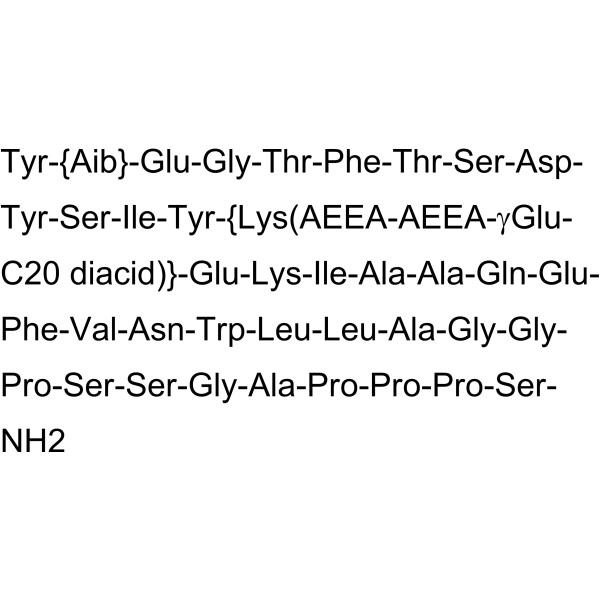


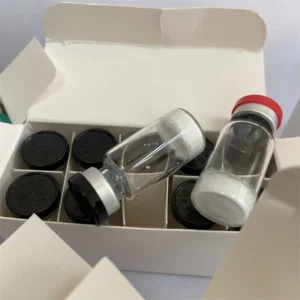
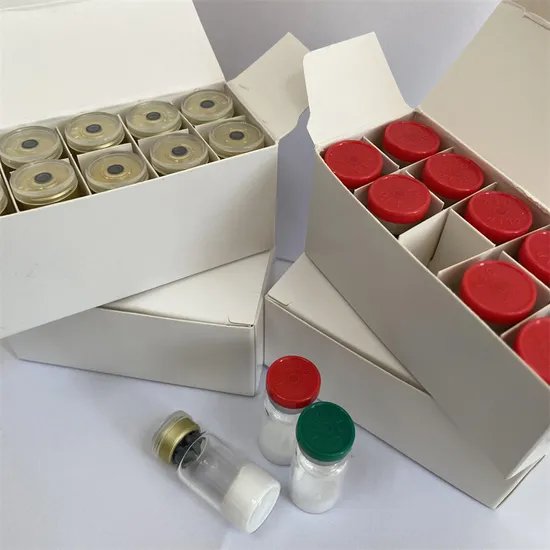


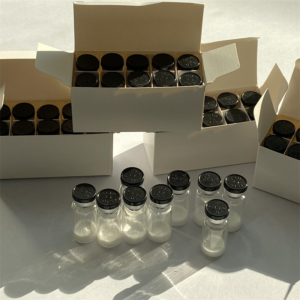
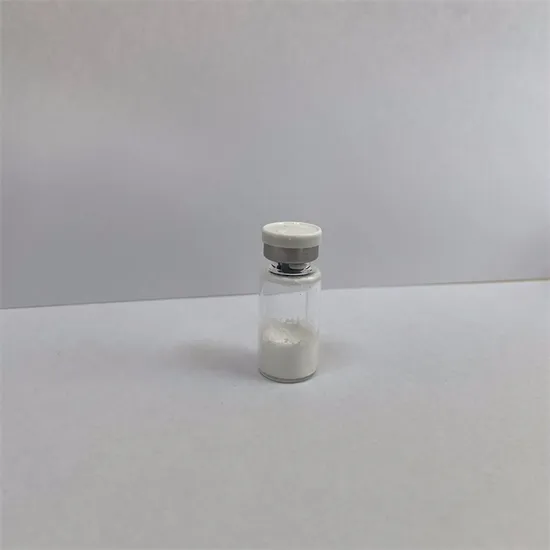
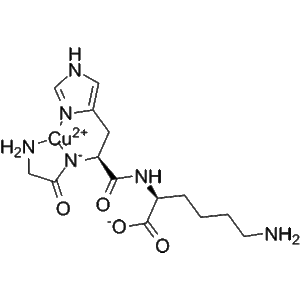
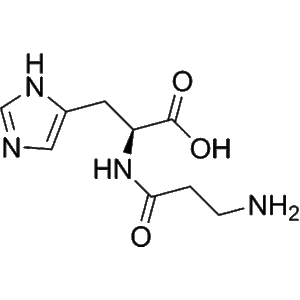
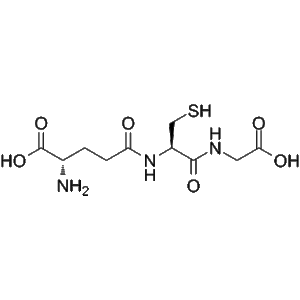
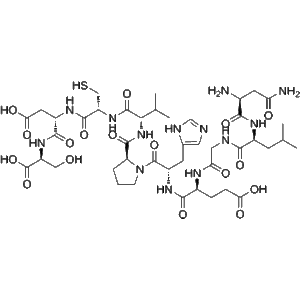
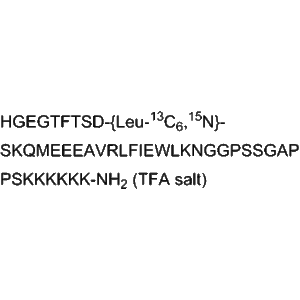
Reviews
There are no reviews yet.